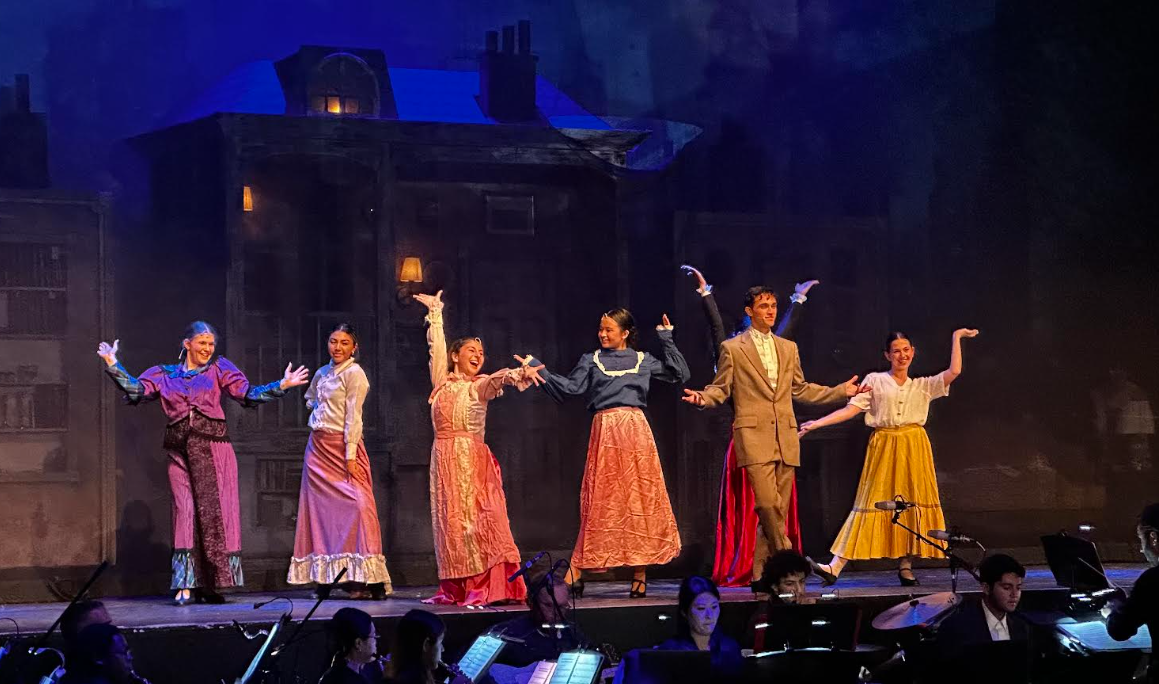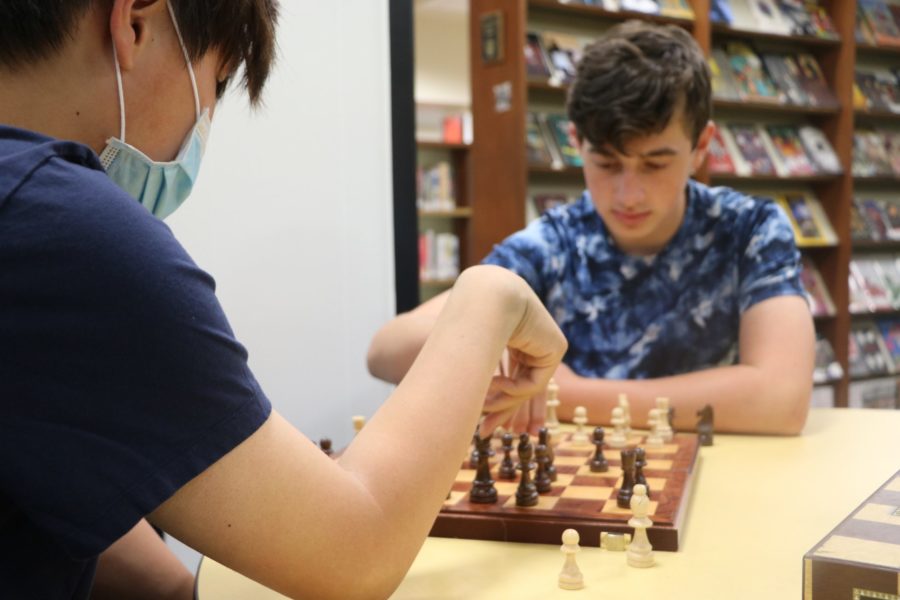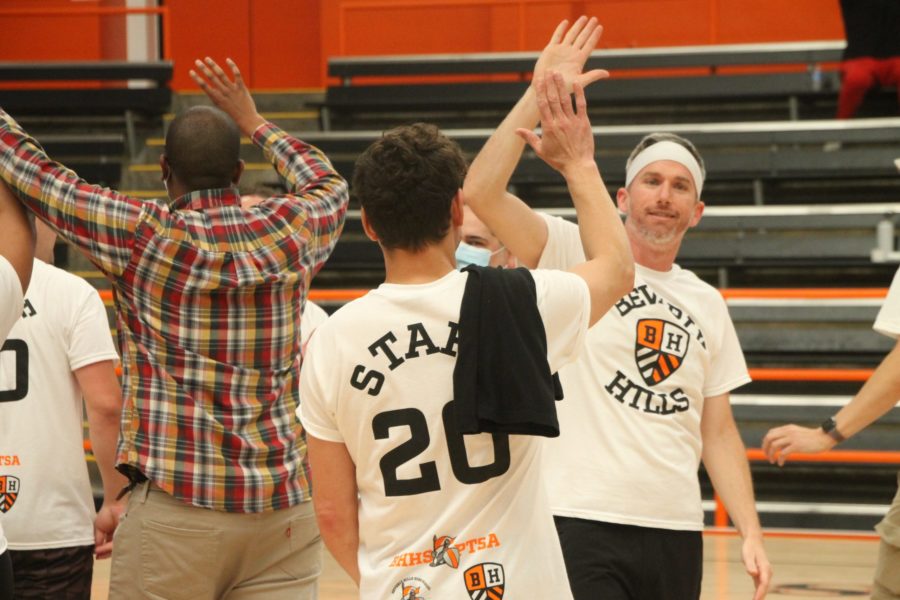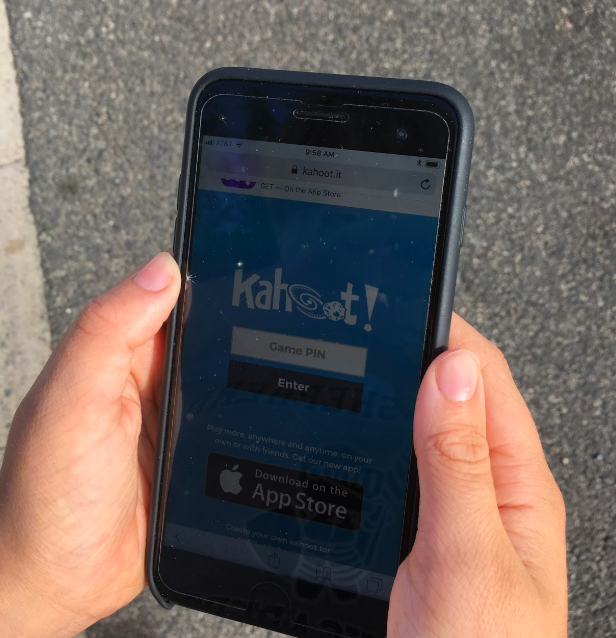Ava Seccuro staff writer
“Kahoot!” is a trivia style platform utilized most commonly by teachers for students to create games to quiz course-based knowledge, and to compete with one another. Kahoot is mainly used to prepare for tests, to obtain extra credit and to maximize review time. Over the last year, “Kahoot” has gained a notable following, with 50 percent of all K-12 students and 47 percent of all teachers in the U.S. using it.
“Kahoot!” does offer a break from traditional styles of learning such as lecturing and taking notes, however, if one of the main points for using “Kahoot!” is try to review vocabulary and concepts to prepare for tests, it is simply not the most effective way of doing so. According to a 2014 study, taking notes in longhand form is the most effective way to retain information. “Kahoot!”, considering the results of this study, is essentially a waste of review time, when students could be using class time to study more efficiently.
Another odd concept that is specific to “Kahoot!” games is that in order to win more points, one must answer the question the fastest, or faster than their competitors. This component of the game teaches that speed is more important over legitimate knowledge of course material and comprehension of the question. “Kahoot!” is also often a basis for extra credit in classes, but because players are more concerned on winning the game for extra credit, they do not absorb the answers to the questions being asked. Every time a new question is asked, the contestant only has approximately five seconds to read the question without the answers displayed along with it. In addition to not truly absorbing information, the fact that “Kahoot!” extra credit has an emphasis on reaction time rather than pure knowledge is unfair, because some people might know the material in the games just as well, but not have the reaction time to win extra points for their letter grade. Aside from the students’ disadvantages, the designers of the game, who most of the time are teachers, cannot ask challenging and complex questions that will more accurately assess the students’ knowledge on the material due to the time constraints for questions and answers in “Kahoot!”
Although “Kahoot!” games are not used to thoroughly teach material, the way it reviews material is too dependent on time given to answer the question and teacher discussion regarding wrong answers. For example, if multiple students answer a question incorrectly, depending on whether or not the teacher wants to discuss why, or just move on with the game, the students will not get an explanation to why they answered the question incorrectly, nor will the teacher understand the nuanced thought process’ of each student into why they chose a certain answer over the correct one. However, this argument is still heavily dependent on the teacher who is conducting the “Kahoot!” So, because “Kahoot!” itself has too many factors to consider how productive the outcome truly is, it might be better not to use it in the first place.
Categories:
Cons of using “Kahoot!” in classrooms
October 8, 2018
6
Donate to Highlights
$125
$1000
Contributed
Our Goal
Your donation will support the student journalists of Beverly Hills High School. Your contribution will allow us to purchase equipment and cover our annual website hosting costs.
More to Discover





























